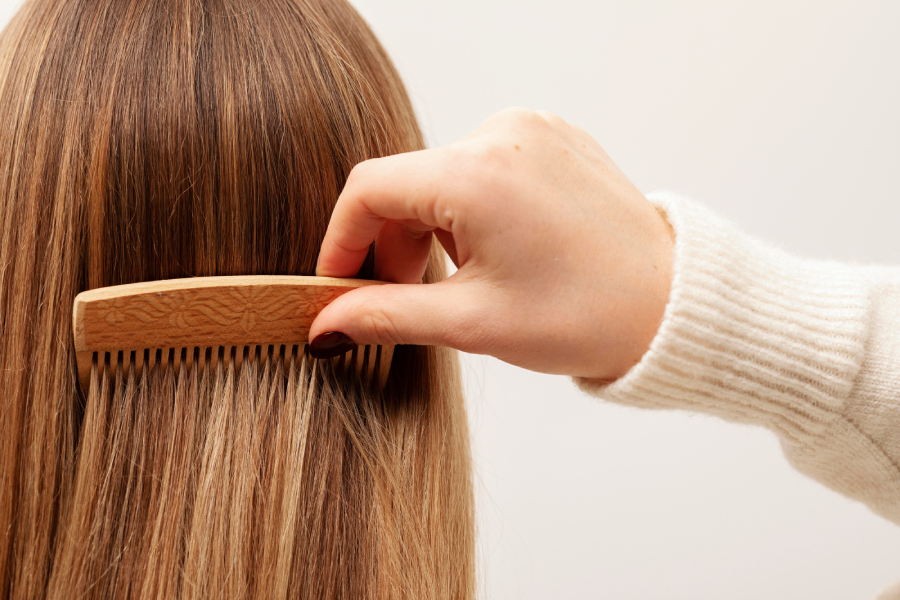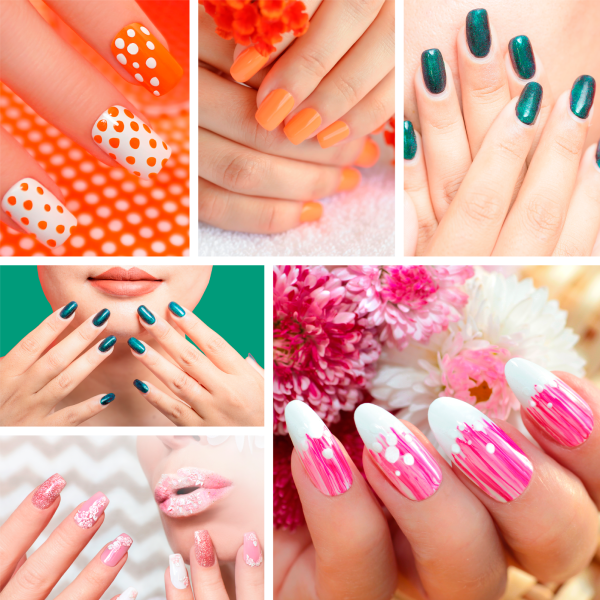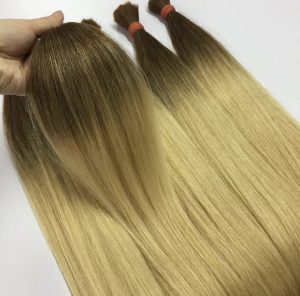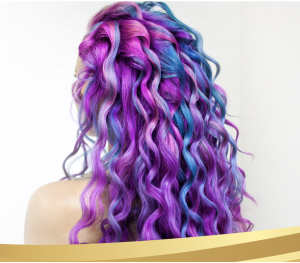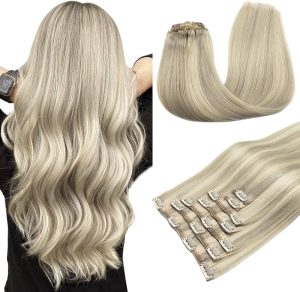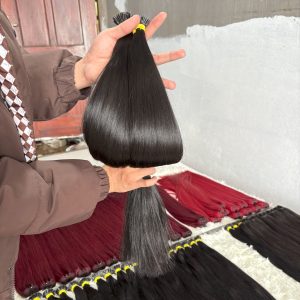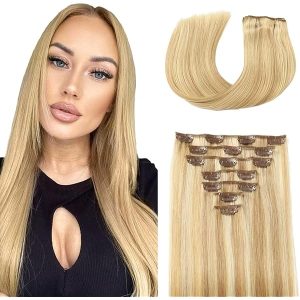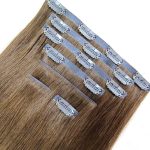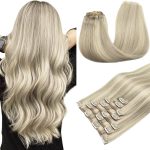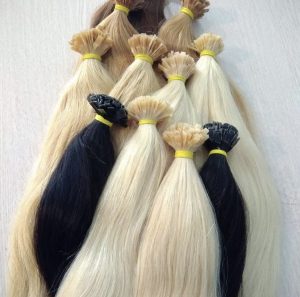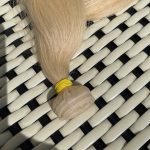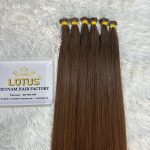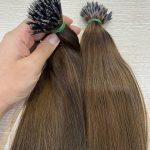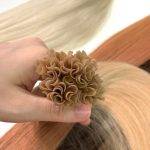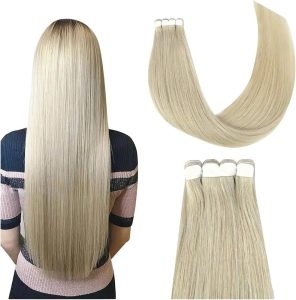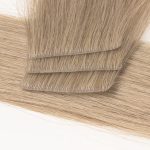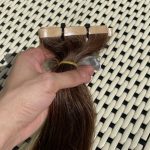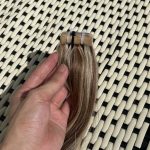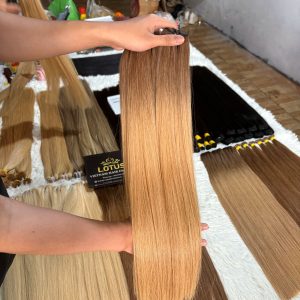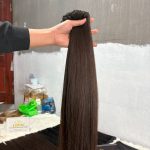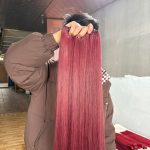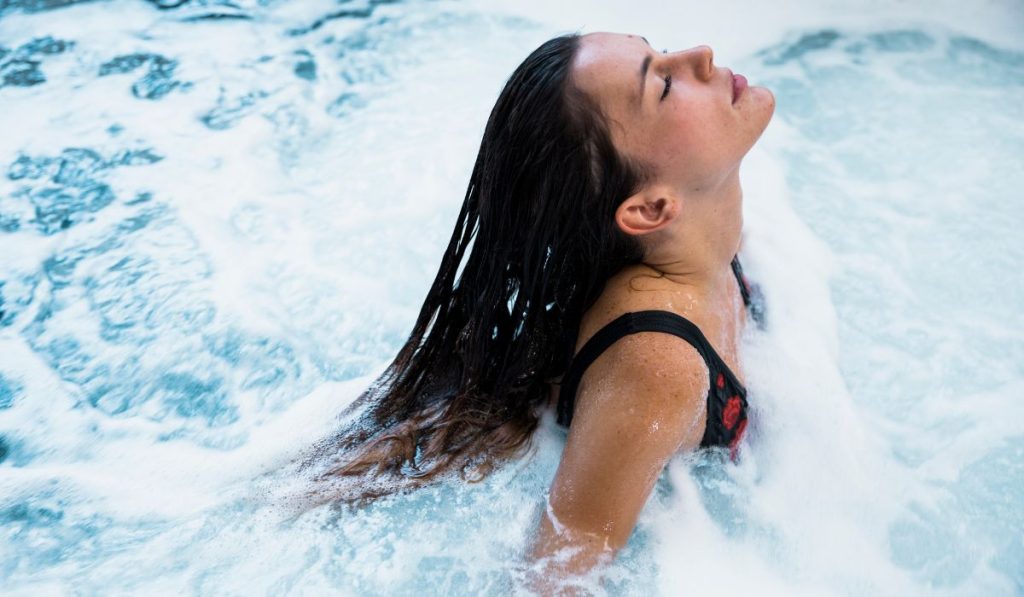Can you swim with hair extensions?
Summer brings dazzling sunshine, refreshing vacations, and of course, those cool afternoons by the pool or joyful beach trips. But if you’ve recently gotten hair extensions—whether clip-ins, tape-ins, keratin (K-tip), or sew-ins—you might be worried that the inviting blue water could be your new hair’s worst enemy.
So, can you swim with hair extensions?
The answer is: Yes—but only if you know how to protect them properly.
In this article, we’ll help you understand why swimming can affect your extensions, how different types of water may cause damage, and most importantly, how to care for your extensions before, during, and after swimming so you can fully enjoy summer without worrying about damage.
Why do pool or seawater affect hair extensions?
Unlike natural hair that grows from the scalp and is nourished by natural oils (sebum), hair extensions—whether real or synthetic—lack the ability to moisturize themselves. Therefore, exposure to harsh elements like:
-
Chlorinated pool water: Chlorine is a strong disinfectant that strips moisture from hair, making it dry, brittle, and prone to breakage and fading.
-
Saltwater from the sea: Seawater contains salt and minerals, which are mildly corrosive and moisture-drawing, leaving the hair dry and fragile with prolonged exposure.
-
Sand, wind, and sunlight: This summer trio can tangle the hair, reduce shine, and weaken the bonds holding the extensions in place.
-
Physical activity while swimming: Friction from swimming, diving, or rubbing hair with a towel can loosen bonds or severely tangle the hair.
If not properly cared for, your extensions can become damaged after just a few swims—something no one wants after investing time and money into their hair.
Before Swimming
- Wet your hair with clean water first
Soak your hair with fresh water before entering the pool or ocean. When hair is already “full,” it absorbs less chlorine or salt—just like a saturated sponge won’t take in much more liquid. - Apply a protective layer of oil or leave-in conditioner
Use coconut oil, argan oil, or a leave-in conditioner to create a barrier. This not only prevents dryness and brittleness but also reduces friction and prevents tangling in water. - Braid or loosely bun your hair
Loose hair tangles easily due to movement and pulling in the water. Light braiding or a loose bun helps keep strands together, reduces tangling, and prevents stress on the bonds. - Wear a swim cap (if suitable)
If you swim often, especially in chlorinated pools, consider wearing a high-quality swim cap. While not 100% waterproof, it significantly limits water exposure to your hair.
While Swimming
-
Avoid deep dives or forceful jumps: Sudden movement can tug on hair and loosen the bonds.
-
Don’t twist, wring, or pull wet hair: This can cause severe tangling and damage the hair cuticle.
-
Limit how long your hair stays in the water: The longer the exposure, the more likely your extensions will dry out and absorb chemicals.
After Swimming
- Rinse thoroughly right away
Rinse your hair immediately with fresh water to remove salt, chlorine, and sand. Don’t let them sit on your hair too long—they’re the top culprits for dryness, brittleness, and color fading. - Gently towel-dry with a soft towel
Avoid rough rubbing! Use a soft towel to gently pat and squeeze water from mid-lengths to ends. If your hair is tangled, spritz some detangler before trying to brush it out. - Fully dry your hair
Damp extensions can get damaged or even develop mildew if not dried properly. Let your hair air-dry in the shade, or use a hairdryer on a cool setting to dry the bonds and hair shaft thoroughly. - Deep condition after every swim
Use a hair mask or deep conditioner 1–2 times a week to restore moisture and nutrients, keeping your extensions soft and shiny. - Brush with an extension-safe brush
Always start from the ends and work your way up to the roots to avoid tugging on the bonds. - Schedule regular salon check-ups
If you swim often, have your stylist inspect and maintain your extensions every 4–6 weeks.
Conclusion
Each type of extension—from clip-ins to tape-ins and sew-ins—has its own care requirements. Talk to your hairstylist for tailored advice to ensure you’re using the right protection and maintenance methods for your specific extension type.
No one wants to miss out on the joys of summer just to protect their extensions. The key is proper care and proactive protection—before, during, and after swimming. With the simple yet effective tips above, you can confidently flaunt your extensions all summer long—whether at a luxe poolside or under the sun and breeze of the beach.
Lotus Hair Vietnam – A Leading Manufacturer of High-Quality Hair Extensions
With over 14 years of experience, Lotus Hair Vietnam takes pride in being one of Vietnam’s leading hair extension manufacturers, specializing in providing premium Vietnamese hair to international markets. Established in 2010, we have continuously developed and strengthened our reputation worldwide, particularly in the United States and Europe.

Quality is always our top priority at Lotus Hair. We are committed to delivering consistently high-quality hair products with smooth texture, natural shine, and long-lasting durability.
Every batch of hair extensions undergoes strict quality control to ensure strength, softness, and compliance with international standards—ready to conquer even the most demanding markets like the U.S. and Europe.
Whether you are a retailer, salon owner, or distributor, we offer tailored supply solutions to help you grow your business with direct-from-factory pricing and premium-quality products.
Contact us today for expert consultation and the best pricing options!
| LOTUS HAIR VIETNAM | |
| Hotline & WhatsApp | +849.9595.3999 – Ceo – Mr. Ben +849.969.01.777 – Mr. Erik +849.969.03.777 – Ms. Tina +849.969.05.777 – Ms. Vietnam +849.969.06.777 – Ms. Maria |
| Email: | [email protected] |
| Address: | 210/11J Cach Mang Thang Tam Street, Ward 9, District 3, Ho Chi Minh City, Vietnam. |


